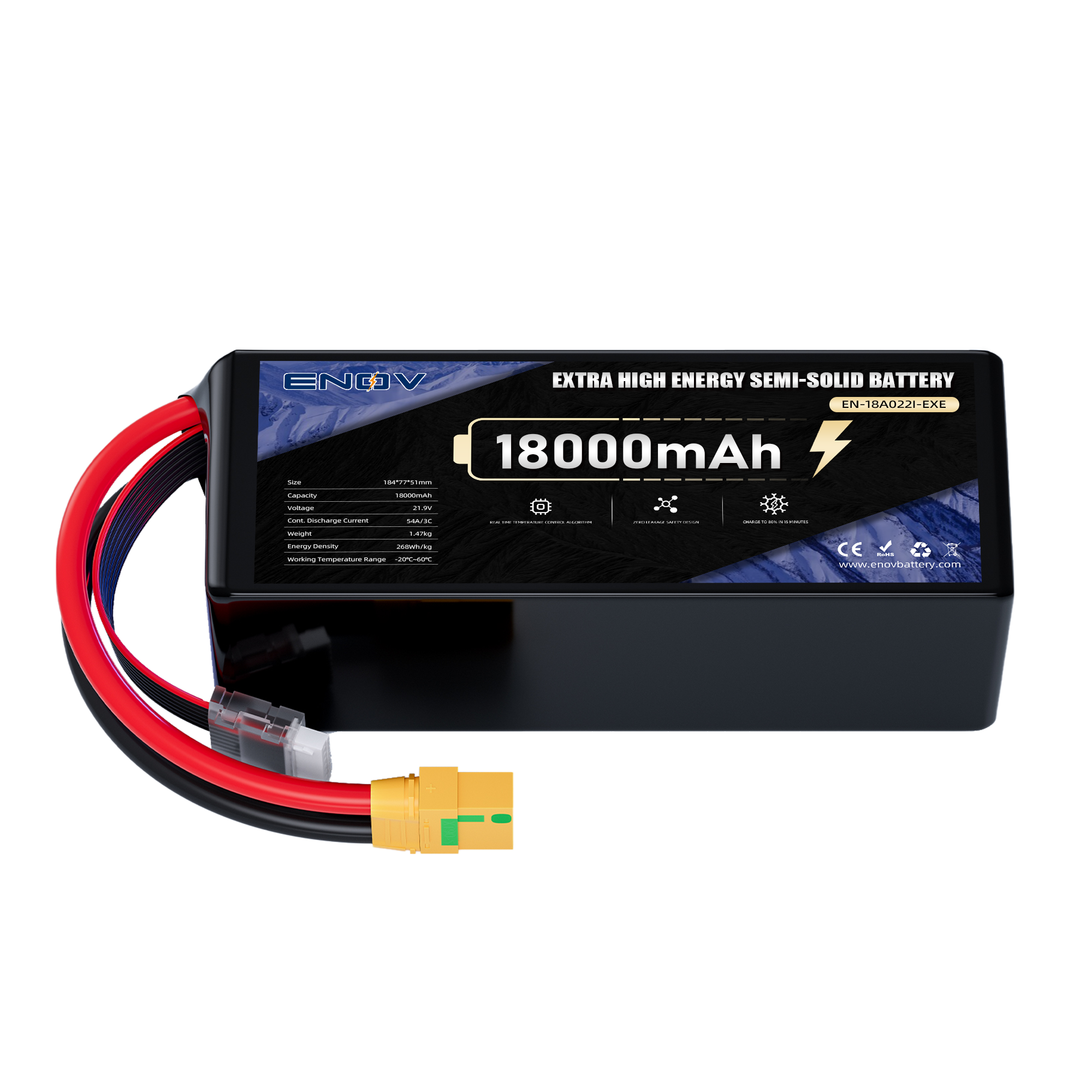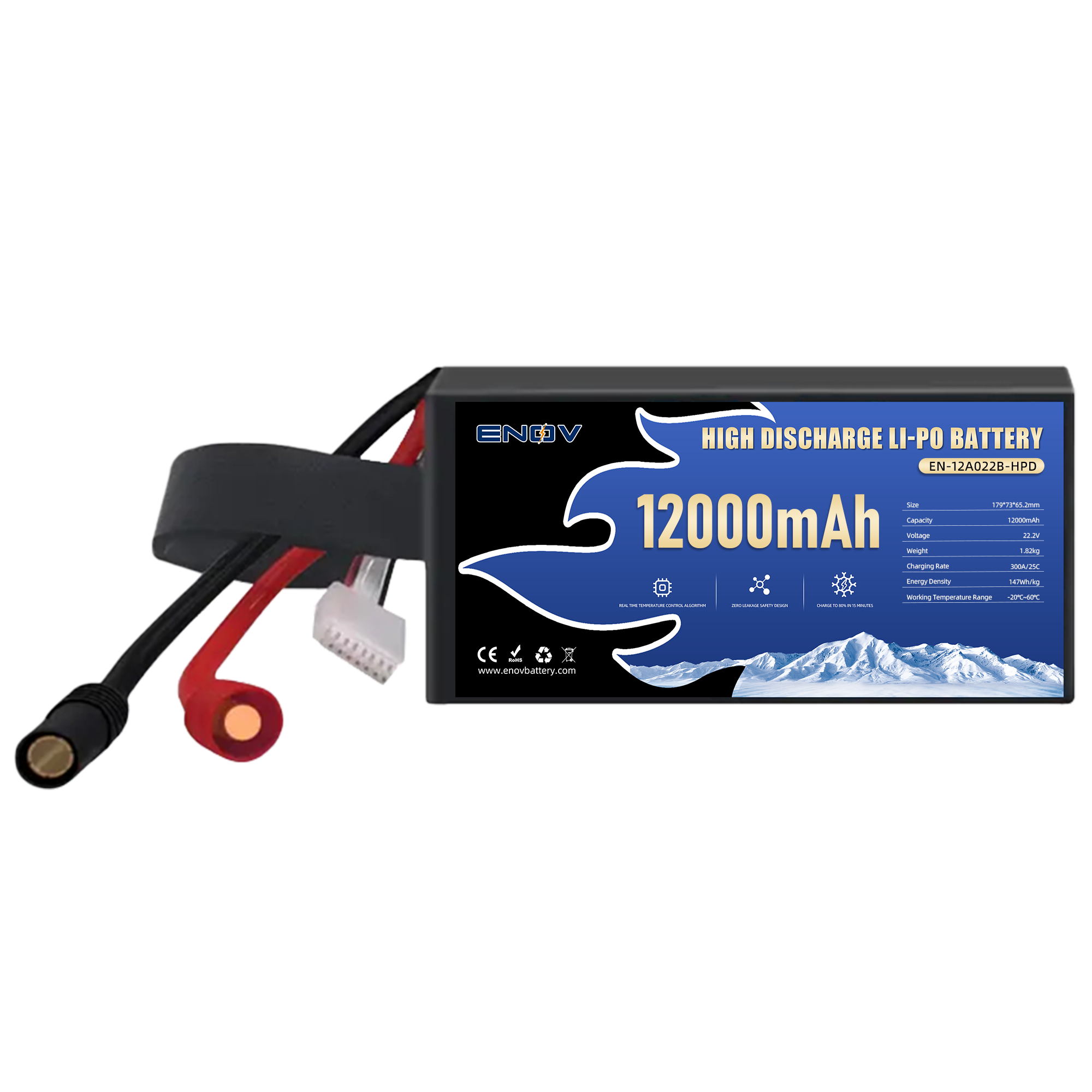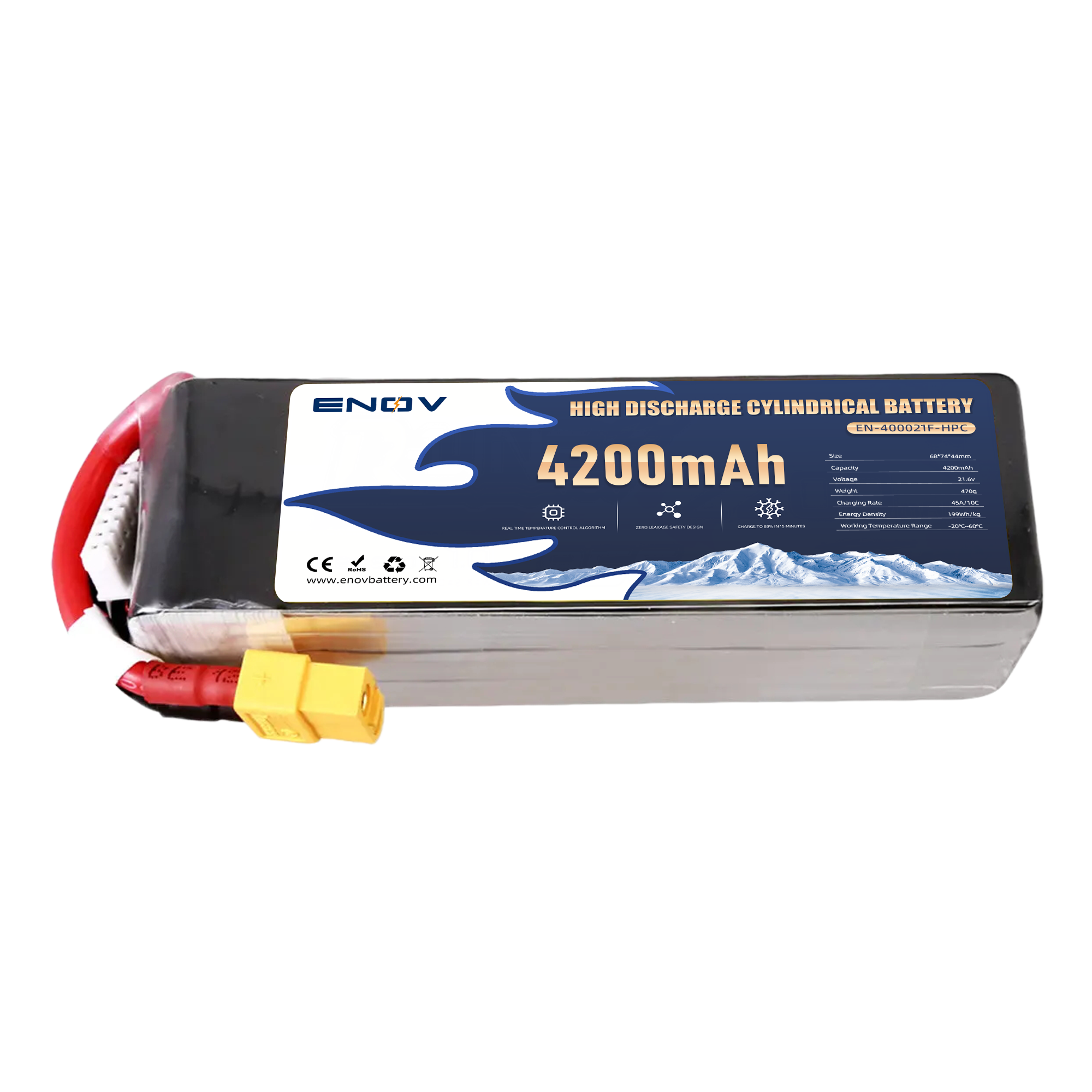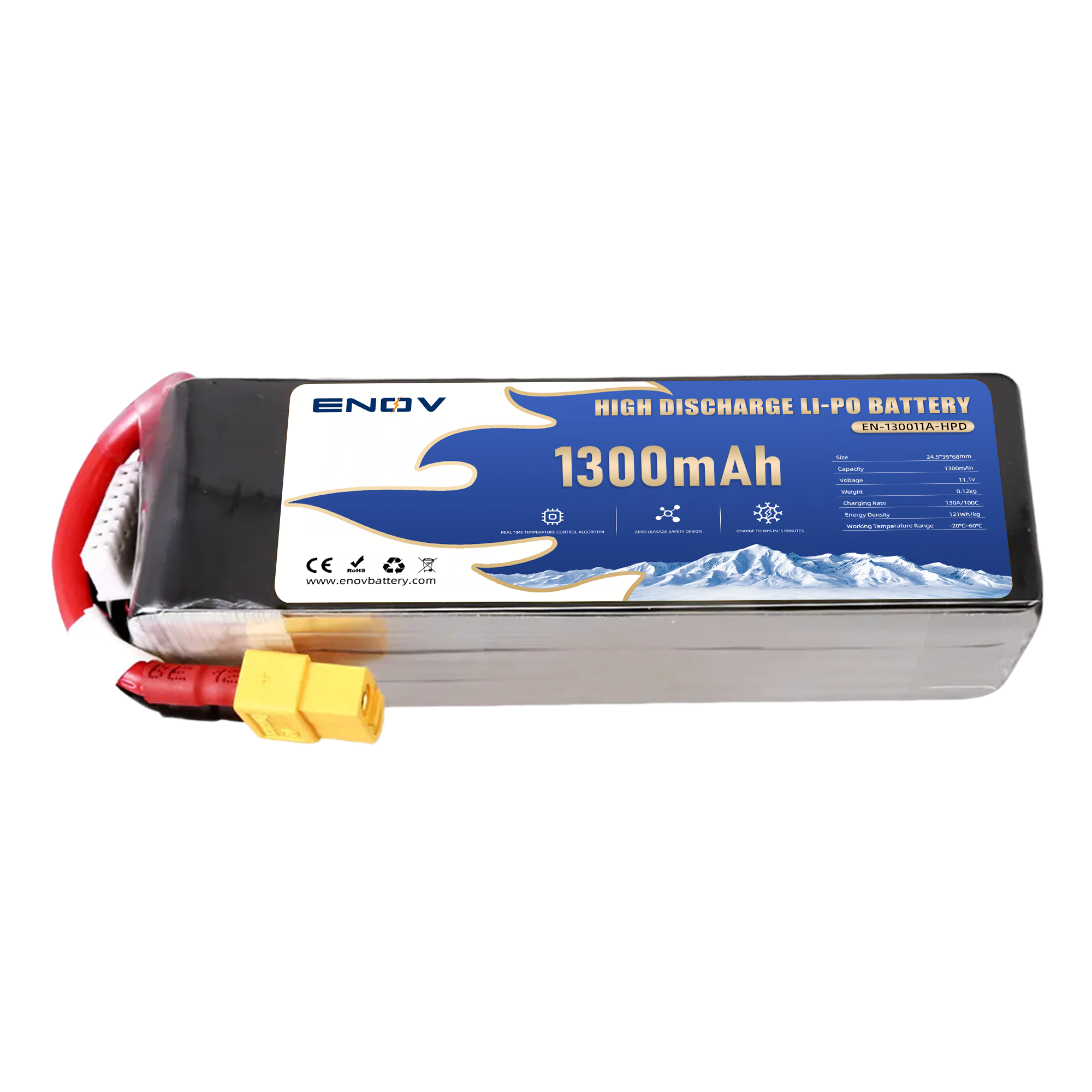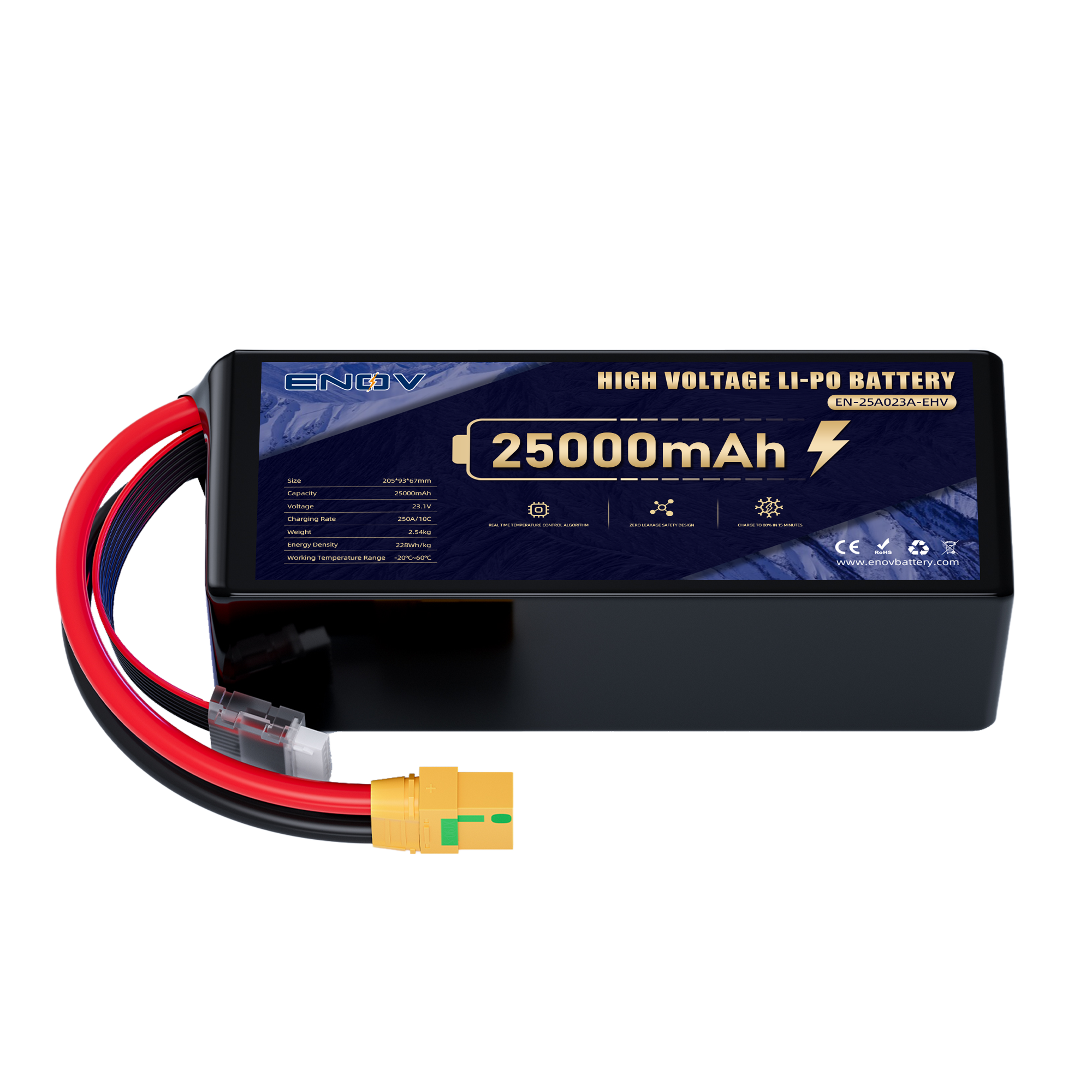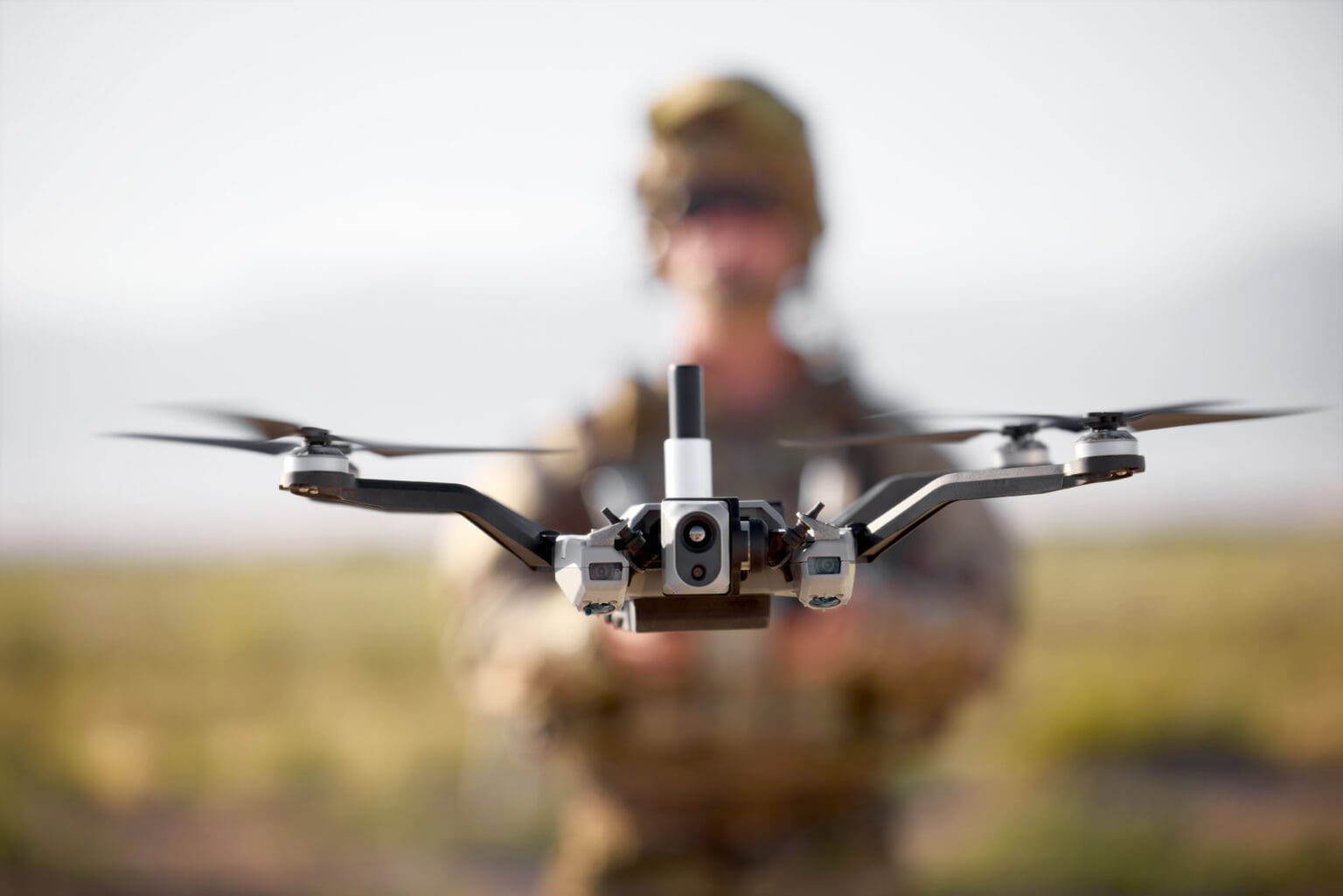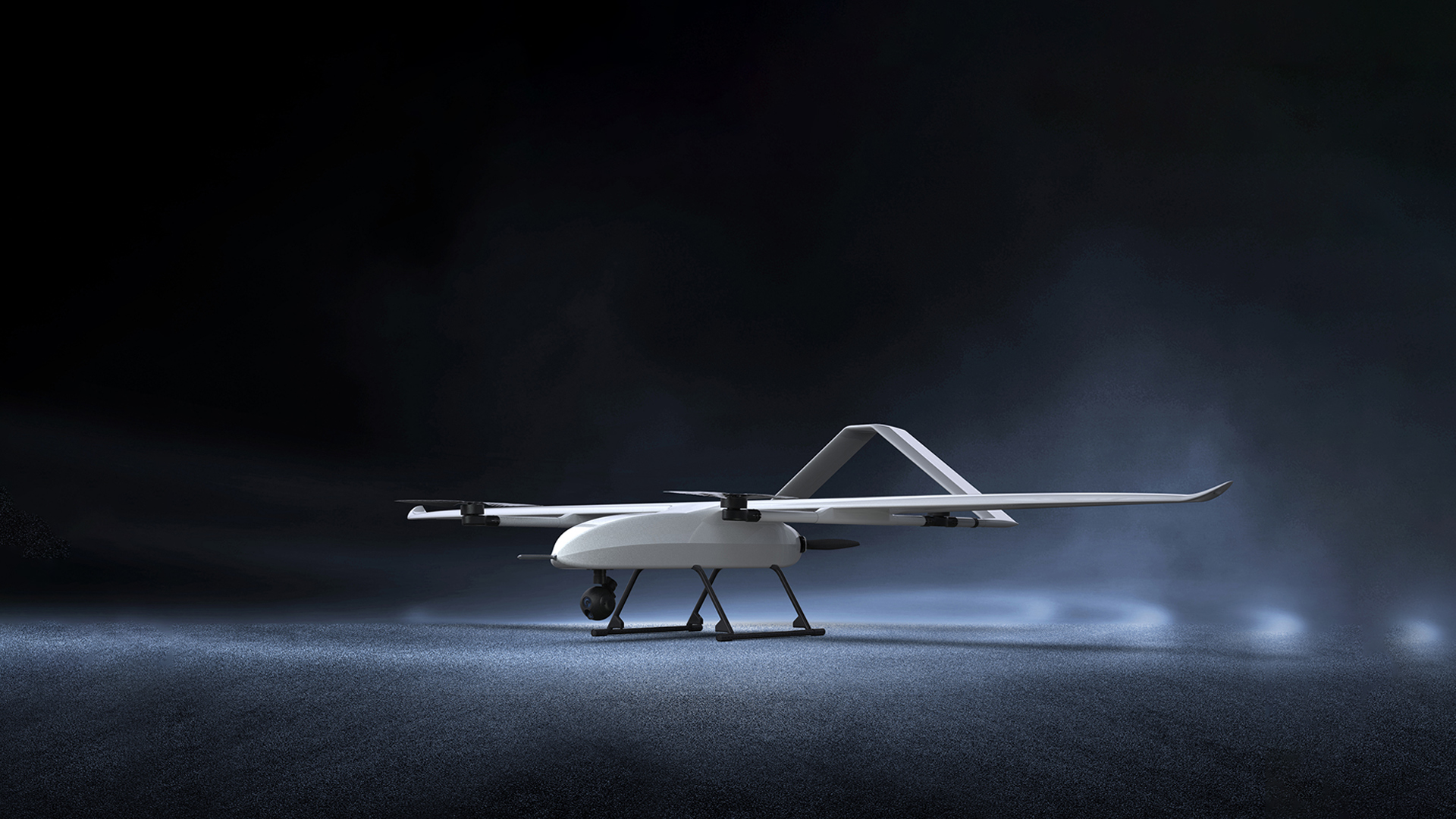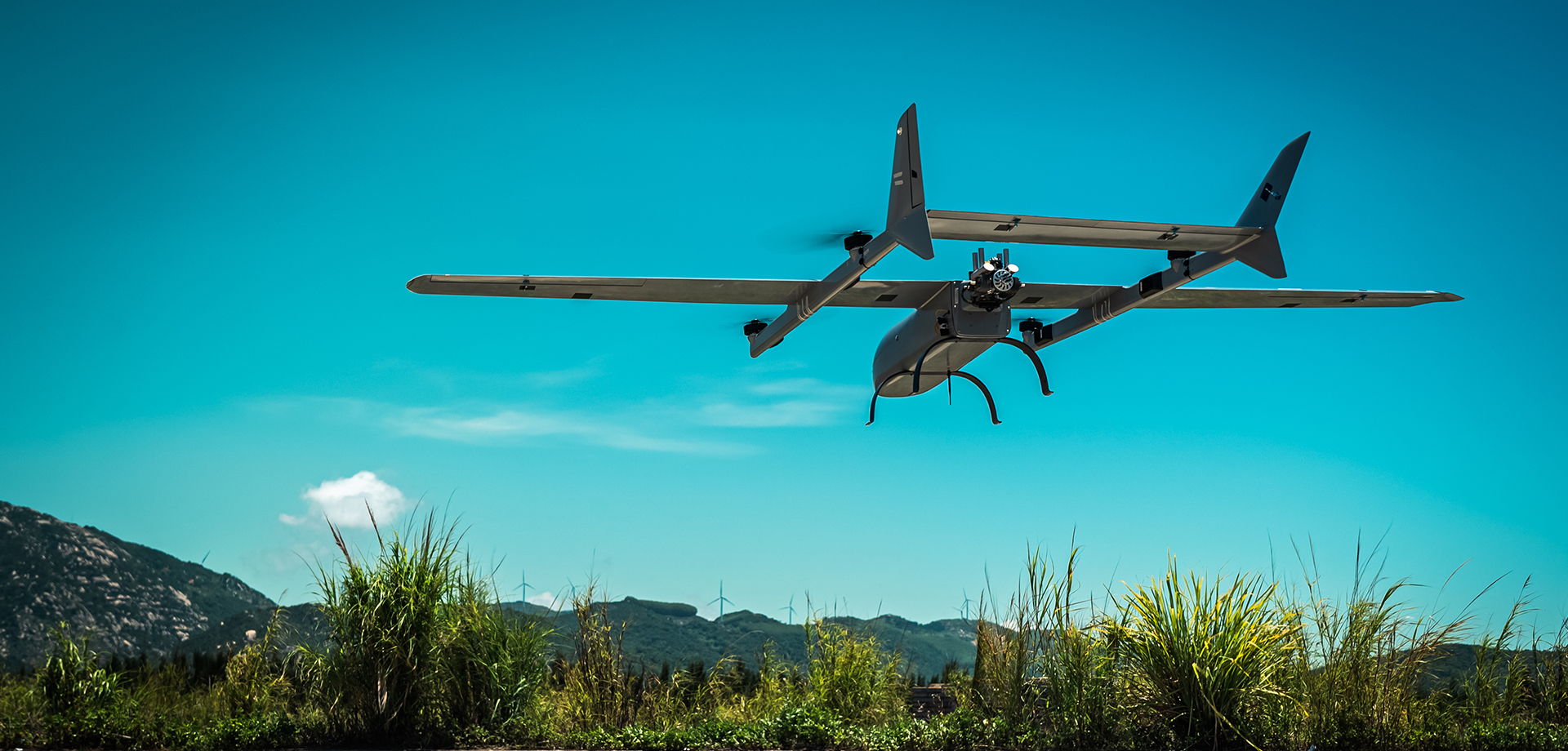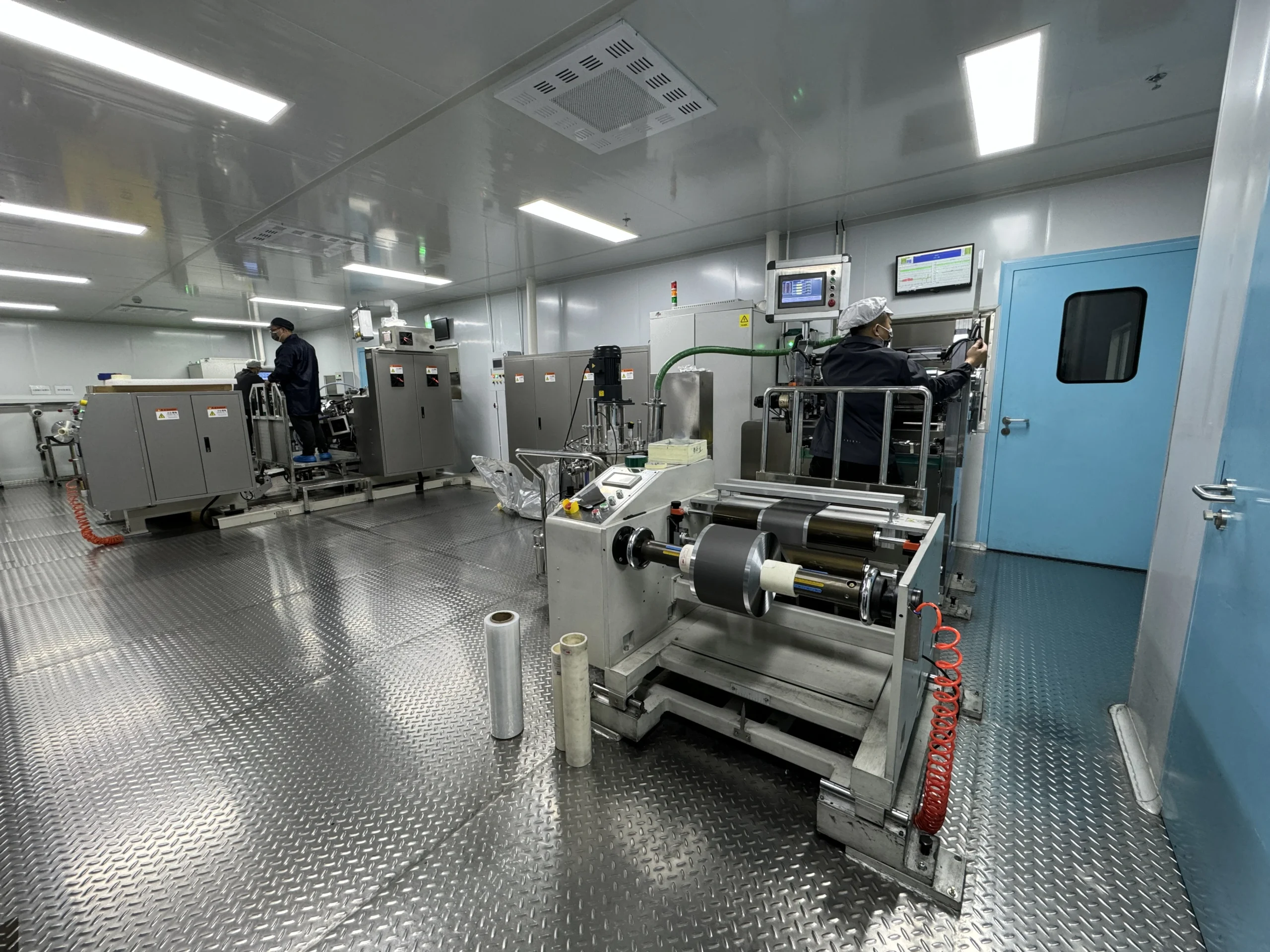Smart Drone Battery Materials: Functional Components Enabling Intelligent Operations
Smart Drone Battery Materials: Functional Components Enabling Intelligent Operations
Smart drone battery materials are revolutionizing unmanned aerial systems by integrating adaptive, self-regulating components that enhance safety, efficiency, and operational intelligence. From self-healing polymers to AI-optimized thermal management, these materials ensure reliable power delivery in demanding environments.
This article explores five cutting-edge material innovations driving the next generation of drone batteries.
thrust
Modern BMS technologies rely on advanced materials like graphene-based sensors and AI algorithms to monitor voltage, temperature, and charge cycles in real time.
These systems dynamically adjust power distribution to prevent overcharging, optimize energy use, and predict battery health with 95% accuracy. For instance, embedded microcontrollers using CAN Bus protocols enable seamless communication between battery cells and drone controllers, ensuring stable performance during high-stress maneuvers like rapid ascent or payload delivery .
Additionally, MOSFET protection circuits and self-diagnostic modules—built with heat-resistant silicon carbide—detect anomalies such as short circuits or thermal runaway, instantly isolating faulty cells to maintain system integrity .
Durability challenges in extreme conditions are addressed by polymers embedded with microcapsules of healing agents. When cracks form due to mechanical stress or temperature fluctuations, these capsules rupture, releasing compounds that autonomously repair the damage. For example, drones operating in sub-zero environments benefit from elastomers that restore conductivity after ice-induced fractures, extending battery lifespan by 30% .
Phase-change materials (PCMs) like paraffin wax further enhance resilience. Integrated into battery casings, they absorb excess heat during high-current discharges and release it during cooling phases, stabilizing internal temperatures without external thermal management systems .
Graphene’s exceptional electrical and thermal conductivity makes it ideal for next-gen electrodes. By combining graphene with silicon-carbon composites, manufacturers achieve 400 Wh/kg energy densities—up 40% from conventional lithium-ion designs. Such hybrids minimize resistance during rapid charging, enabling 1C-to-3C charge rates while reducing heat generation .
Laser-sintered graphene anodes, developed through AI-driven material discovery, also improve ion diffusion rates. This innovation allows drones to sustain high-altitude missions longer, as seen in industrial-grade UAVs delivering medical supplies across mountainous terrains .
Carbon-fiber-reinforced polymers and aerogel-infused casings reduce battery weight by 20%, directly enhancing flight endurance. These materials combine rigidity with flexibility, protecting cells from vibration and impact during landings. Modular designs with snap-fit joints further simplify replacements, critical for logistics drones requiring quick turnaround times .
A notable example is mycelium-based packaging, which offers biodegradable shock absorption while maintaining thermal stability. This material aligns with circular economy principles, reducing waste in high-turnover commercial drone fleets .
Machine learning accelerates the development of ultra-low-temperature electrolytes. By analyzing millions of chemical combinations, AI identifies solvents that maintain ion conductivity at -40°C, enabling Arctic surveillance drones to operate without performance loss. Simultaneously, algorithms optimize additive ratios to suppress dendrite growth, doubling cycle life compared to traditional electrolytes .
Generative AI also designs bespoke nanocomposites for specific missions. For agricultural drones, moisture-resistant ionic liquids are tailored to prevent electrolyte degradation in humid environments, ensuring reliable operation during monsoon-season crop monitoring .
Conclusion
From self-repairing polymers to AI-driven electrolytes, smart drone battery materials are redefining aerial capabilities. These innovations not only enhance energy efficiency and safety but also unlock new applications in emergency response, environmental monitoring, and autonomous delivery. As material science converges with digital intelligence, the next decade will see batteries that adapt, heal, and optimize themselves—transforming drones into truly intelligent systems.
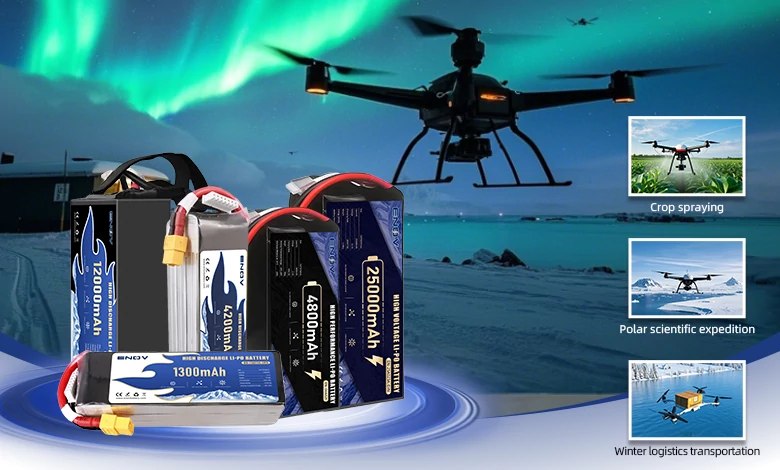
UAV DRONE battery
Enov UAV battery has the most advanced UAV battery new technology, it has a lightweight structural design, ultra-high energy density, stable continuous discharge, customized ultra-high instantaneous discharge, wide temperature working range, stable charge and discharge, battery materials can choose high nickel terpolymer positive/silicon carbon negative material system combined with semi-solid battery technology. Or choose a more mature application of more UAV lithium battery technology, available UAV battery nominal voltage 3.7V, capacity 18.0Ah ~ 30.0Ah, support 10C continuous discharge and 120C pulse discharge (3 seconds). With ultra-high energy density (220-300Wh/kg) as its core advantage, Enov UAV batteries can meet the needs of long-term endurance scenarios such as plant protection drones and transport drones, while maintaining stable emission performance in extremely low temperature environments (-40℃).
Other products
START-STOP LITHIUM BATTERY
LITHIUM ENERGY STORAGE BATTERY
QUICK INQUIRY
FAQ
Access to high frequency technical questions with one click, get accurate answers on product application, after-sales policy and customization process.
Service and Support
Get the latest product specifications, explore professional OEM/ODM customization services, click to open exclusive technical support and production solutions.
Become a Partner
We sincerely invite resources to interconnect, work together for win-win development, and immediately open a new chapter of strategic cooperation!
